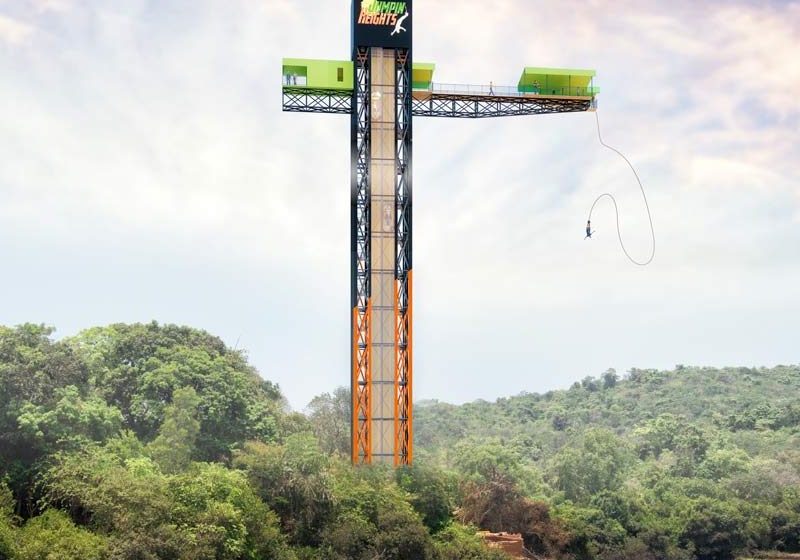Vertical-transportation consulting firm offers advice for reducing threat of the coronavirus.
COVID-19, the disease caused by the coronavirus, is posing a serious challenge to the world. Governments and their public-health authorities, along with the World Health Organization, are taking action to contain the COVID-19 outbreak. However, long-term success cannot be taken for granted. All segments of our society must play a role if we are to stop the spread of this disease.
People have started taking personal and public hygiene seriously.
In an attempt to control the further spread of the disease and stop community infection, governments all over the world have imposed lockdowns and curfews. This step was necessary to ensure social distancing and isolation, which can act as a barrier in stopping the spread.
Quarantine, isolation, social distancing, working from home, etc. are becoming common. Masks, handwashing and the use of hand sanitizers are not just for the elite. People have started taking personal and public hygiene seriously. There are many articles posted on social media on how to ensure hygiene and protect oneself from infection, but many of these do not completely address one potential threat: the elevator. There are videos making rounds on social media demonstrating how one can use a toothpick or skewer to register elevator calls but fail to identify many other serious aspects. We should investigate the threats the elevator poses as a potential breeding ground for microbes and in the spread of any communicable disease, not just COVID-19.
We should investigate the threats the elevator poses as a potential breeding ground for microbes and in the spread of any communicable disease, not just COVID-19.
People can be exposed to the coronavirus by touching contaminated surfaces or objects, then touching their eyes, nose or mouth. If they are standing within 1 m of a person with COVID-19, they can catch it by breathing in droplets coughed out or exhaled by the infected person. In other words, COVID-19 spreads in ways similar to the flu. The elevator is an enclosed and constrained space, which gives it one of the highest possibilities for being a source of infection. Crowding the elevator lobby or the elevator poses a serious risk. The surfaces of the elevator car, buttons, doors, handrail and flooring are all potentially contaminated.
By imposing work-from-home mandates, the risk in office buildings has been addressed to a large extent, but has increased the risk in residential buildings. With more people staying home, elevator usage in residential buildings has increased, putting tenants — particularly senior citizens — at greater possibility of exposure. The risk of serious illness rises with age: people over 60 appear to be more vulnerable than those under 60. People with weakened immune systems and people with such conditions as diabetes, heart and lung disease are also more vulnerable to serious illness.
The following are few of the suggestions that may work in reduction of contamination:
- In buildings with multiple elevators, restrict the number of elevators in use to just one. This will act as a deterrent. The idea of longer wait times will restrict people from using the elevators unnecessarily.
- In low-rise buildings up to five floors, the elevators should be switched off unless in the event of emergency. The residents should be encouraged to use stairs.
- Change the overload settings to accommodate only 20% of the carrying capacity. This will ensure maintaining adequate distance between passengers.
- Use alcohol-based disinfectants to sanitize all exposed surfaces, such as wall panels, buttons, flooring and handrails. The cleaning should be done three to four times daily.
- Elevator shafts should be cleaned and disinfected.
- Elevator usage can be allowed only at certain times; e.g., allowing them to be functional for only a couple of hours in the morning and evening. The rest of the time, they can be switched off.
The above measures are for the short term and may prove troublesome in the long run. In any case, the intent is to restrict users and stop people from moving around. As a long-term measure, it is important to have scientific planning and execution. A few parameters that can be considered are:
- Providing larger-capacity, more-spacious elevators
- Applying antimicrobial coating on all contact surfaces
- Installing contactless call registration and entry through use of QR codes, access cards or facial recognition
- Using ionizers inside the cabin and lift lobby
Now is the time to act against COVID-19. Simple precautions and planning can make a big difference. Your action now will help protect everyone around you.
Get more of Elevator World. Sign up for our free e-newsletter.






